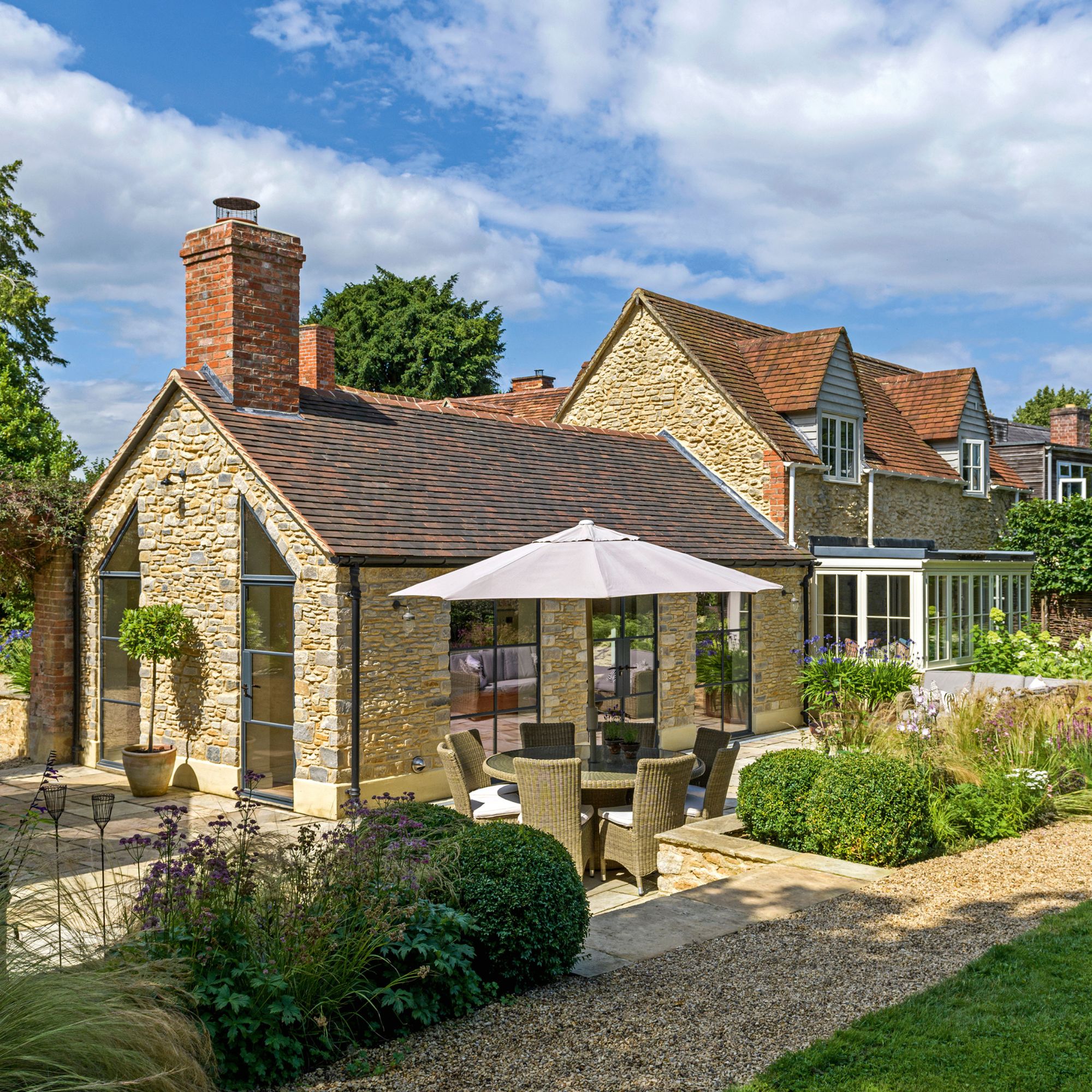
Caring for the ‘hat’ of your home and knowing how to maintain your roof is a top priority.
Whether crafted from rich red clays, glistening slate or woven thatch, the roof is the unsung hero of our home. Not only does it play a vital role in defining the aesthetics of a property but it also ensures invaluable protection against the elements.
However, a roof is not infallible. So, it is important to maintain your roof. Conduct regular checks to spot potential faults and know when DIY repairs will work and when to call for expert assistance.
As with lots of other home renovation projects, summer is an ideal time of year to maintain your roof as the weather will be more favourable for carrying out repairs.
How to maintain your roof
Whether you've recently replaced a roof or are hoping to extend the life of your existing one, knowing how to check and maintain your roof is vital.
‘Slipped slates or tiles, failing leadwork and roof valleys blocked by debris will all wreak havoc if neglected,’ explains Douglas Kent, technical and research director at the Society for the Protection of Ancient Buildings (SPAB).
'When roof timbers become damp, rot, beetle infestation and ultimately structural problems result, and plasterwork to ceilings and walls may also fail or become stained.'
Repairing your roof can be a costly affair if significant repairs are needed – so it might be worth considering whether roof insurance is a worthwhile investment.
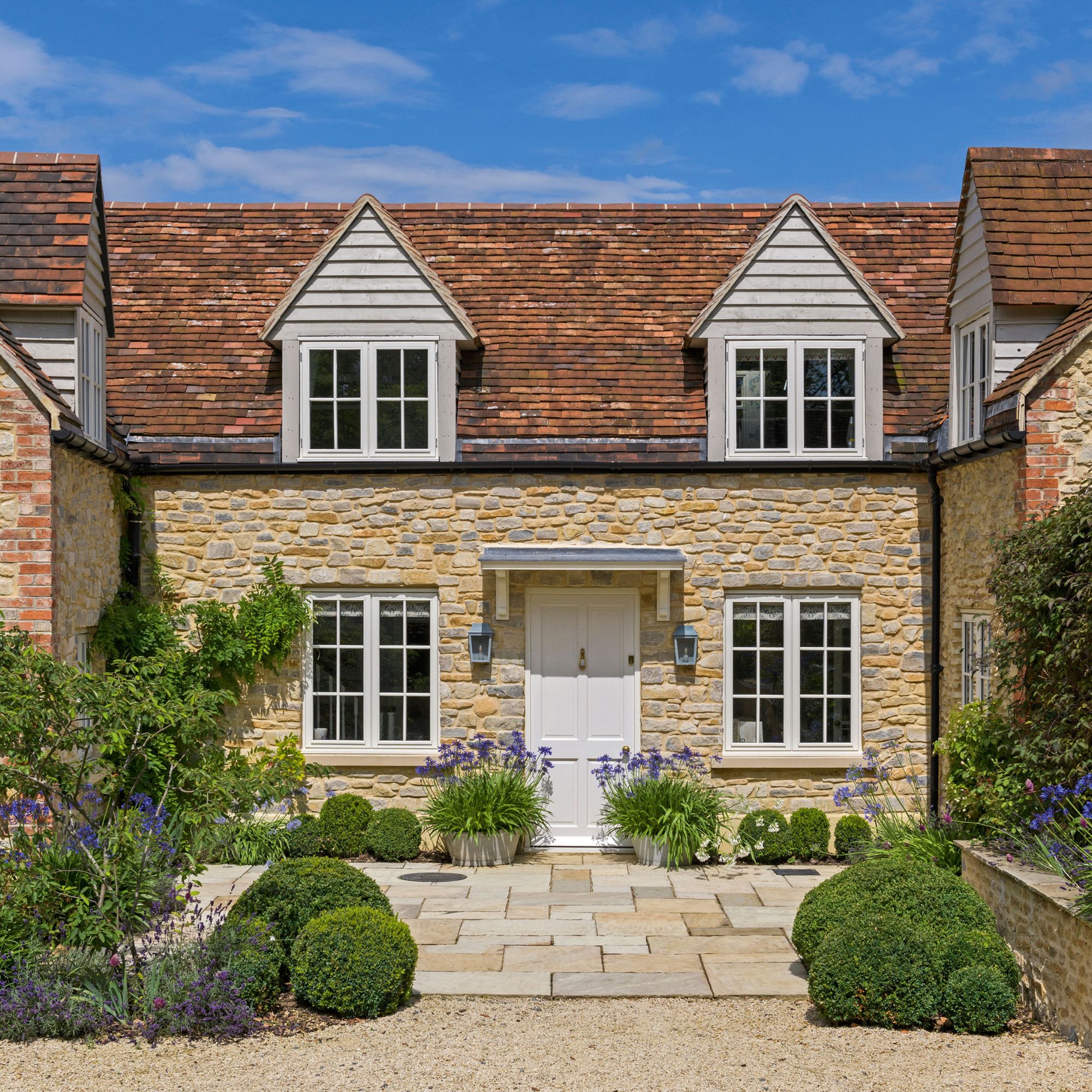
What are the different roofing materials
Roger Hunt, author of Old House Handbook, lists the different materials used for roofing. The material will affect how you maintain your roof.
- Clay tiles – Both hand- and machine-made clay tiles are available. While modern tiles have nibs that hook onto the roofing laths, traditional peg tiles have holes to accommodate a wooden peg. Tiles can eventually become porous, making them vulnerable to frost.
- Slates – Welsh slates, held in place with nails, have been widely used on buildings across Britain, and are lightweight and hardwearing.
- Stone tiles – Sandstone and limestone tiles are laid in graduated courses: the biggest at the eaves, the smallest at the ridge.
- Lead – An attractive and long-lasting roofing material, repairs to lead roofs should be undertaken by a specialist lead worker.
- Thatch – Widely used for centuries, thatching today is generally in either long straw, combed wheat reed or water reed, and there are distinct regional variations in thatching styles. If you have a thatched roof it is worth investing in thatched roof insurance.

How to check your roof
The best way to maintain your roof and prevent major roofing issues is to conduct regular checks. ‘It’s a good idea to get your binoculars out and have a look,’ advises Dan O’Sullivan of Exeter Roofing.
‘The first sign of trouble is often a loose slate or tile in the gutter.’ Pay attention to junctions and ridges, and check the ground and gutters for debris. If you spot debris in your gutter it is wise to clean your gutters as a build up of water and debris can lead to further problems.
Next, access the loft to check the underside of the roof. ‘Look for chinks of daylight; inspect the floor of the loft for tile, slate or mortar debris from the roof’s underside and condensation on roof timbers or roofing felt or sagging or spilt rafters,’ advises renovation expert Roger. It is also worth carrying out a loft inspection during heavy rain, as this is the easiest way to tell if, and where, water is entering.
As you are already in the loft, this is also a great time to top up loft insulation – this will also help to decrease condensation and will quickly pay for itself.
If you have bats in your roof – or evidence of them – then you might need specialist consent before you carry out roof maintainance. The Bat Conservation Trust (bats.org.uk) will be able to provide advice about what signs to look out for. ‘It’s illegal to disturb or harm bats, or damage, destroy, or obstruct a roost. Doing any of these is an offence, whether the person doing it knew about the roost beforehand or not,’ explains experts from The Bat Conservation Trust.
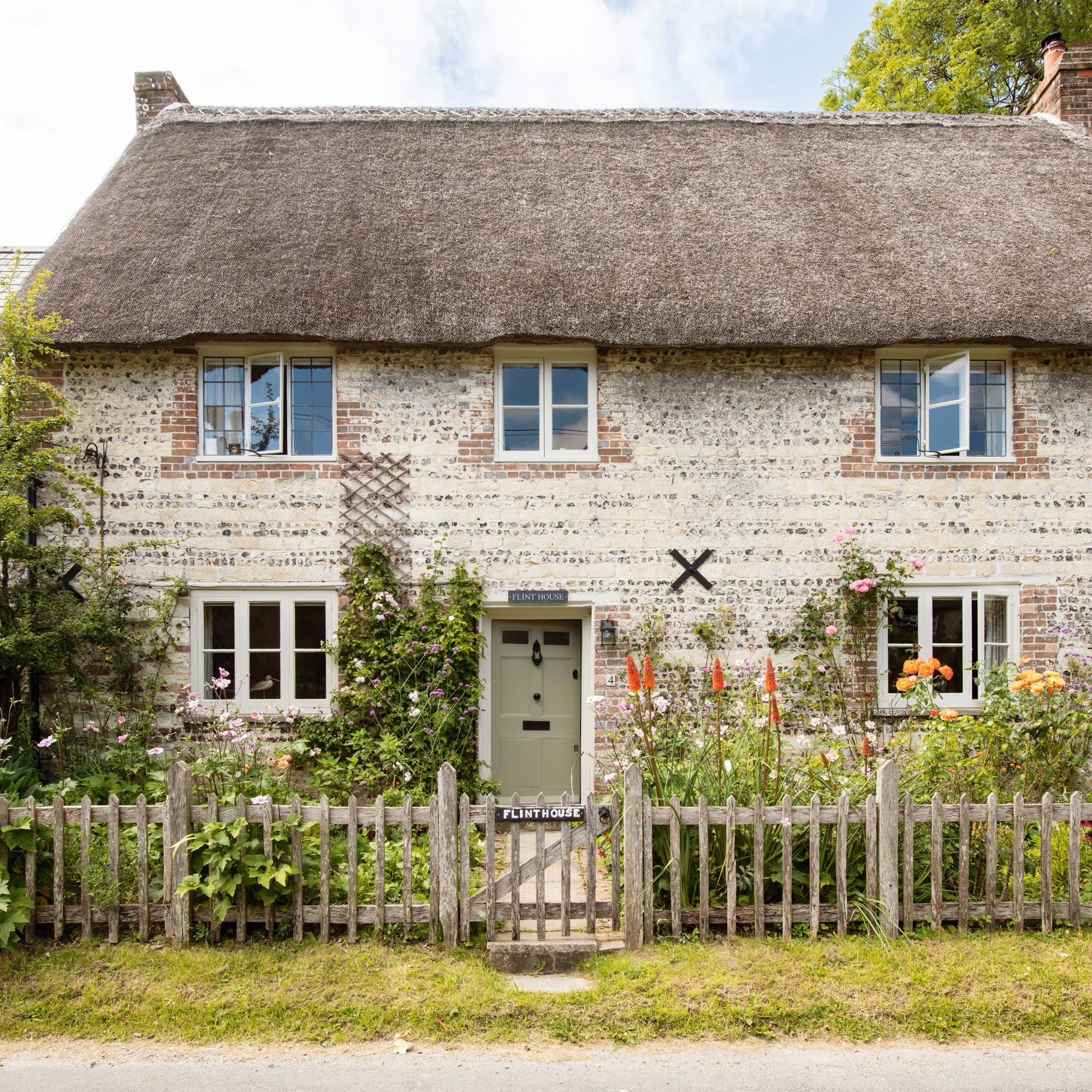
Repair and care
There are many potential areas of failure. One of the most common will be slipped slates or tiles.
‘Slipped slates due to nail sickness/fatigue are usually a sign that the fixings are failing due to the lifespan of the roof, but it doesn’t mean that it requires a reroof,’ says Ian McCarthy, director of Leeds-based roofing specialist, Yorkshire Heritage Roofing.
'The slates that have slipped should be inspected as these themselves may have failed, meaning that a few low-cost repairs should solve the issue,' continues Ian. 'If the slates are intact, further investigation of the roof should be undertaken to find out if the entire roof is suffering from nail sickness. If this is the case, a reroof will likely be required.'
Undulation is a common feature, especially in older homes, but while it may appear dramatic, it doesn’t automatically require remedying. ‘It will depend on why a roof is undulating; a lot of it is natural deflection where the timber has dried out,’ says Dave Rowlands of Heritage Roofing Contractors.
‘Generally, the roof will have sunk over a long period and it shouldn’t be a problem, provided it doesn’t compromise the roof’s integrity,' Dave reassures. 'I’d be inclined to look in the attic to see whether any of the principal timbers are cracked or have moved off-centre. If concerned, engage a structural engineer.’
If your home is newly built, however, it is worth getting a professional to investigate potential causes. You do not need planning permission to repair an existing roof nor will you need to submit at building control application.
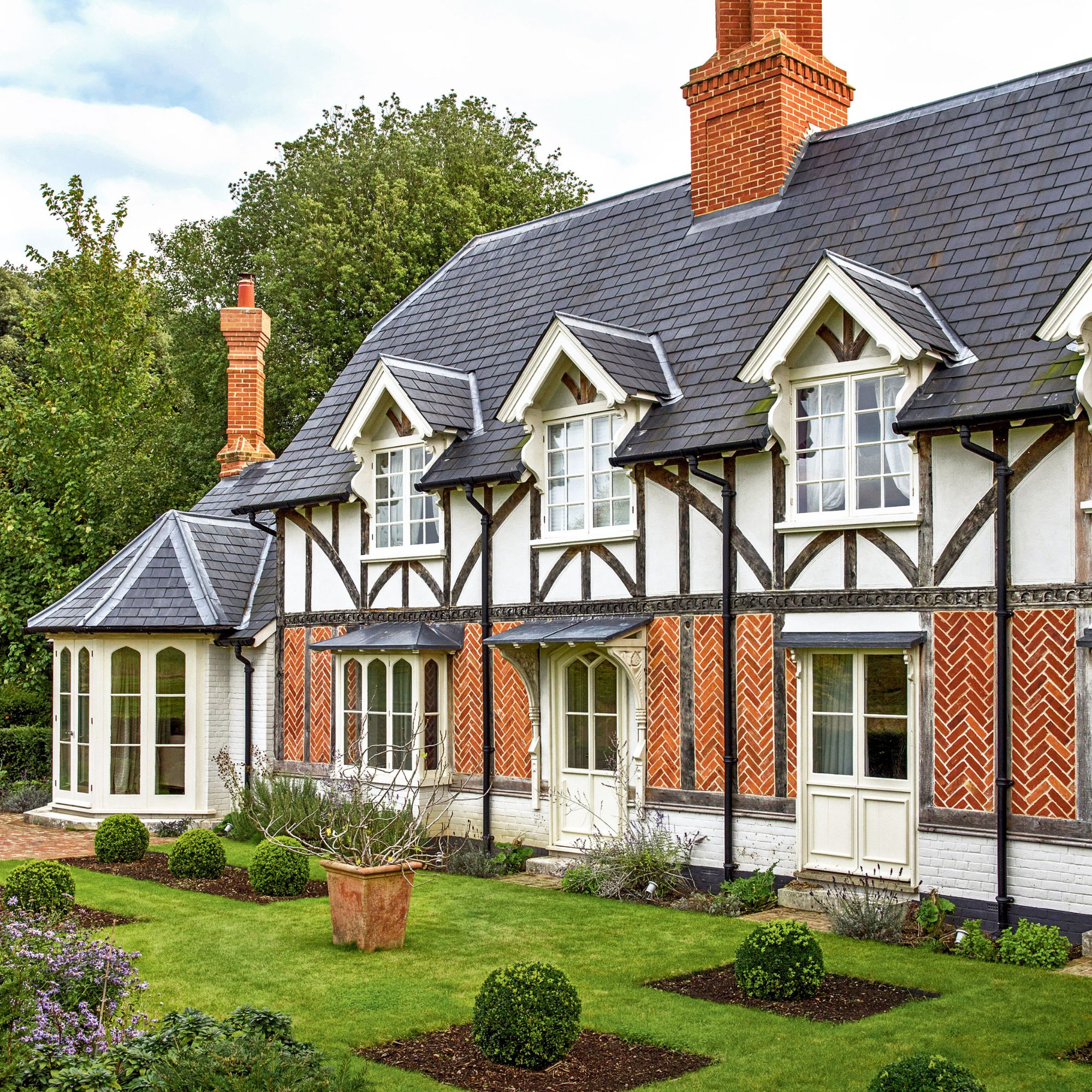
Hiring expert assistance
Once you’ve highlighted any issues, it is important to employ a professional. ‘Roofing is a skilled job and, while there are many highly competent roofers, it is important to employ a contractor who understands the age and style of your home and the materials involved,’ advises renovation expert Roger.
‘Never use quick fixes, such as spray foams or liquid waterproofing; they may trap moisture, hinder repairs and are likely to prevent the future reuse of materials.’
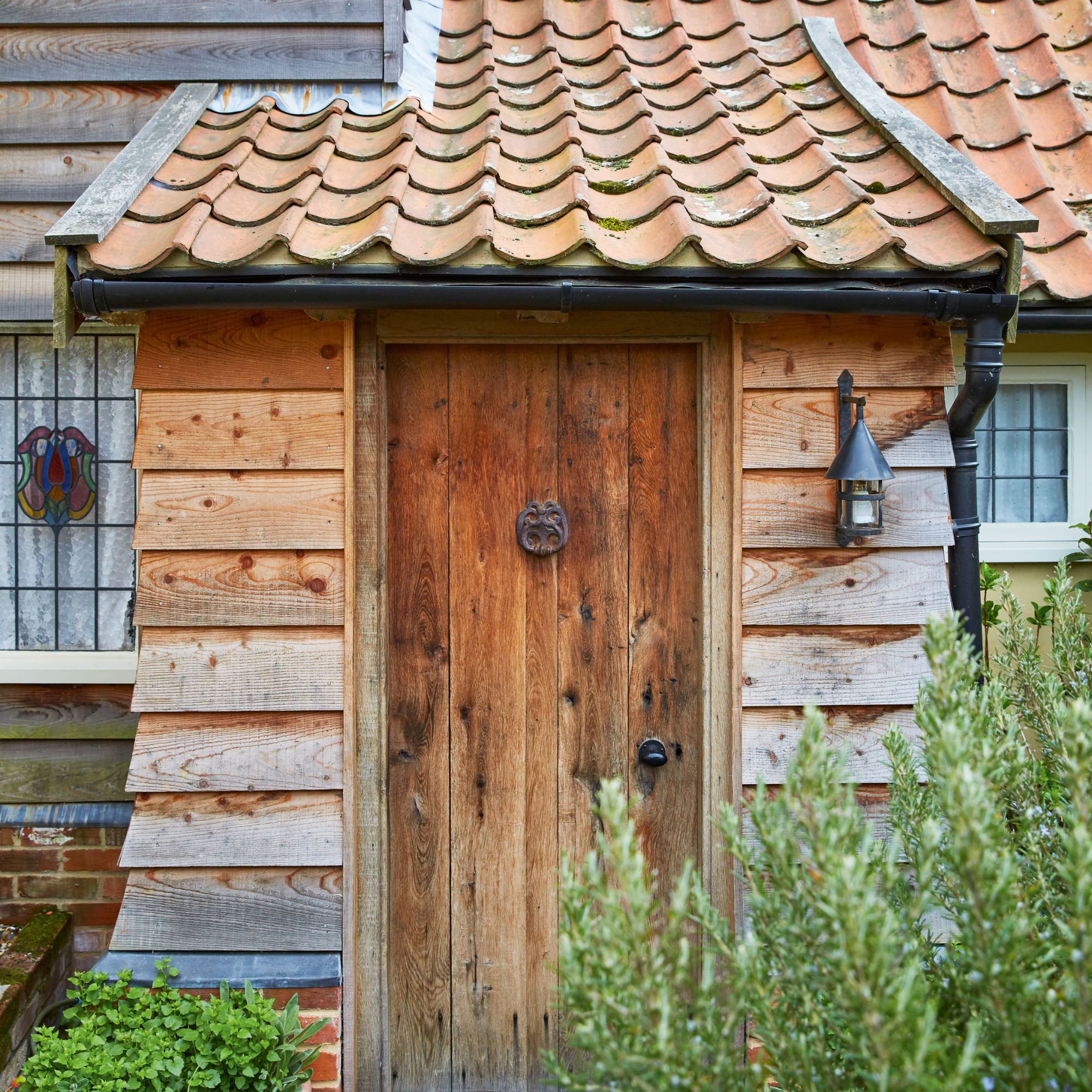
Installing roof ventilation
Ensuring your roof has sufficient ventilation is vital in order to avoid condensation and damp.
‘You tend to get condensation where a non-breathable or bituminous-type felt has been used when recovering the roof,' explains Shaun Howland, director of Kent-based John Williams & Company.
'A breathable membrane is recommended. You can also introduce eaves ventilation and vent roof systems but, if it is a listed building, this may not be practical as they will be too visible.'
‘With older buildings, it is accepted that upgrading to modern standards might not be practical,' adds Shaun. 'Retrofit products are available to improve ventilation in roofs where complete reroofing is not anticipated,’







